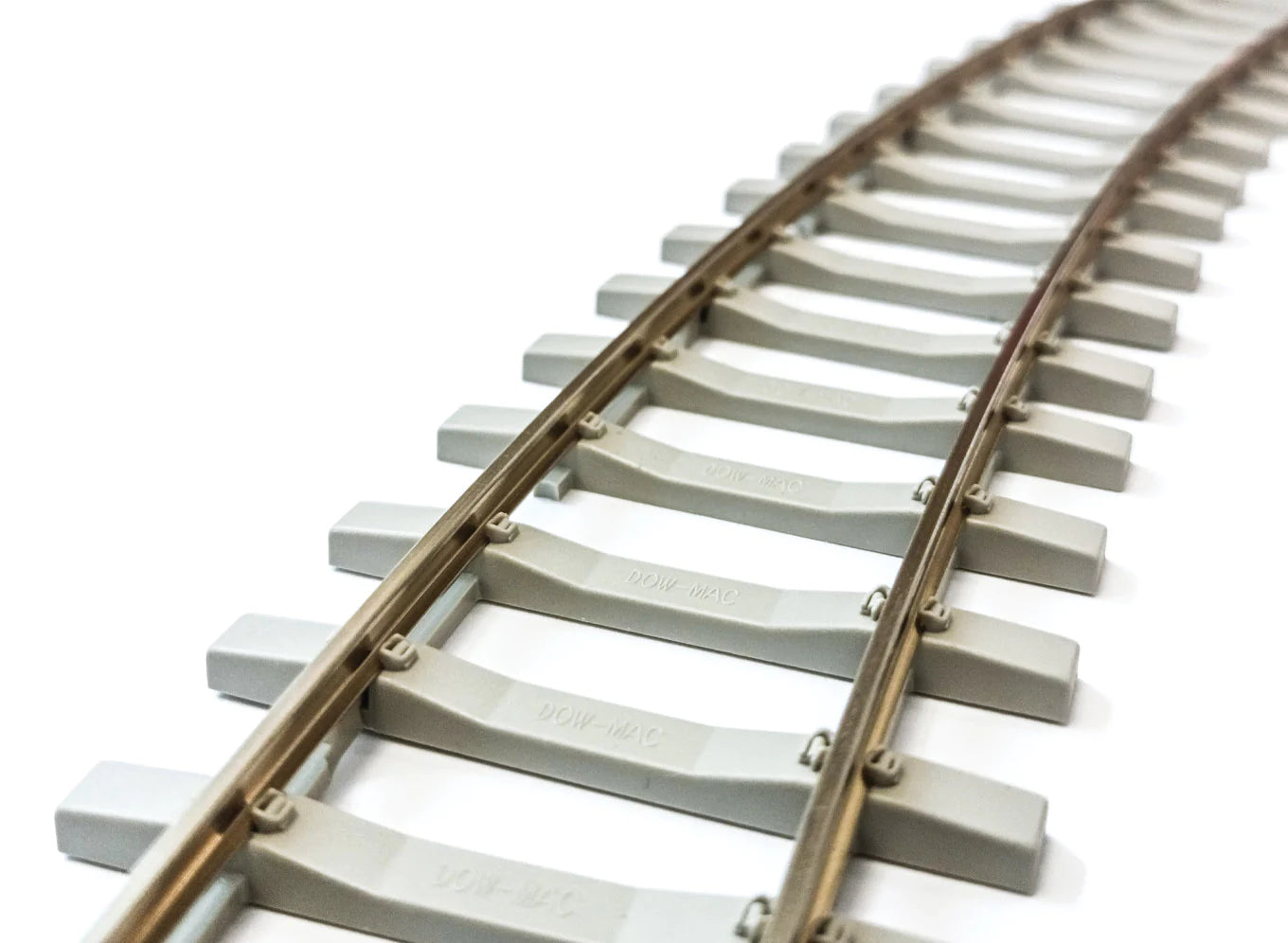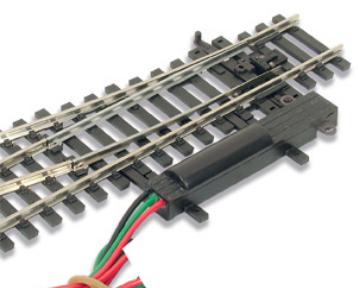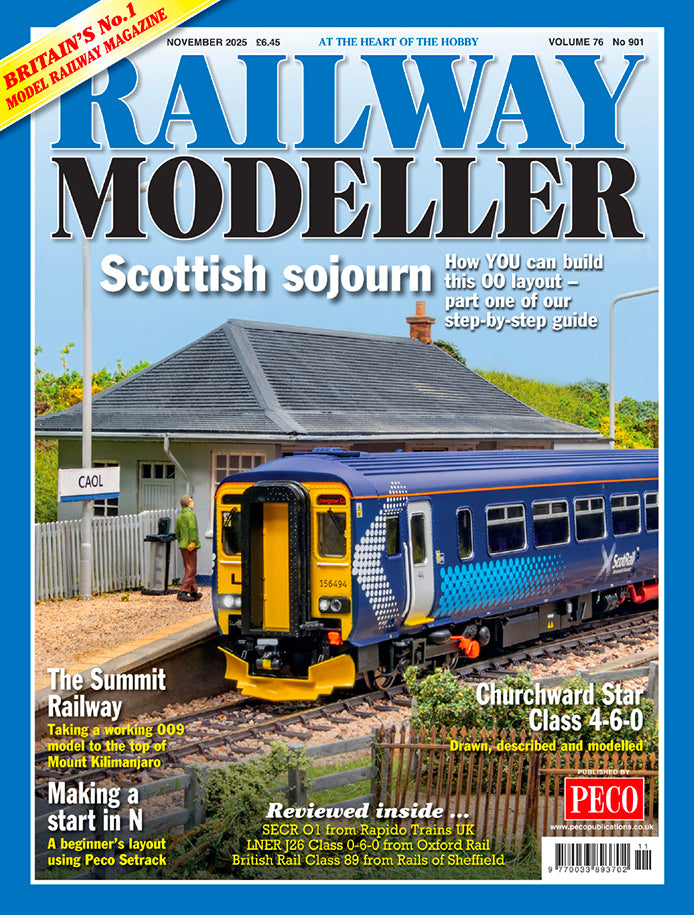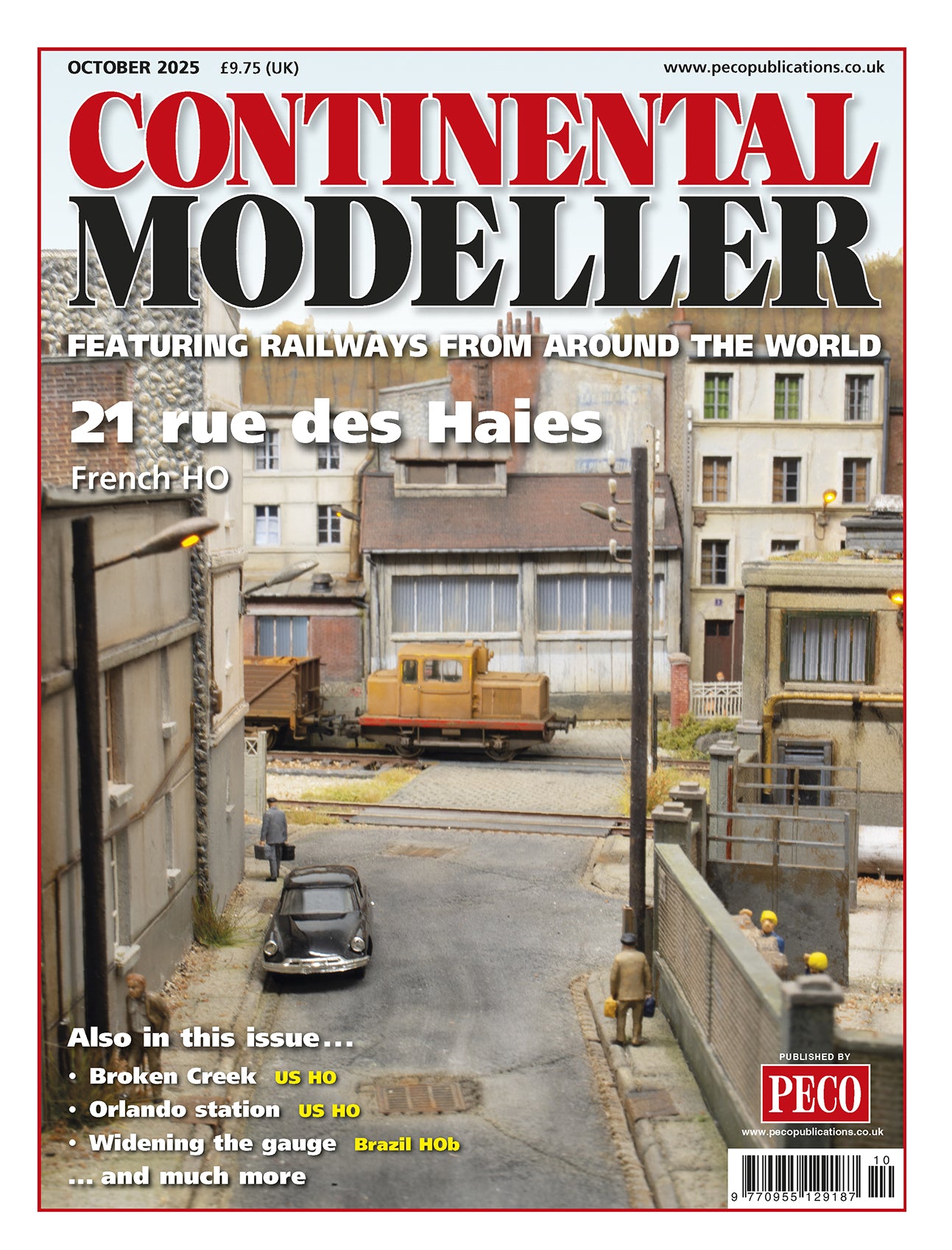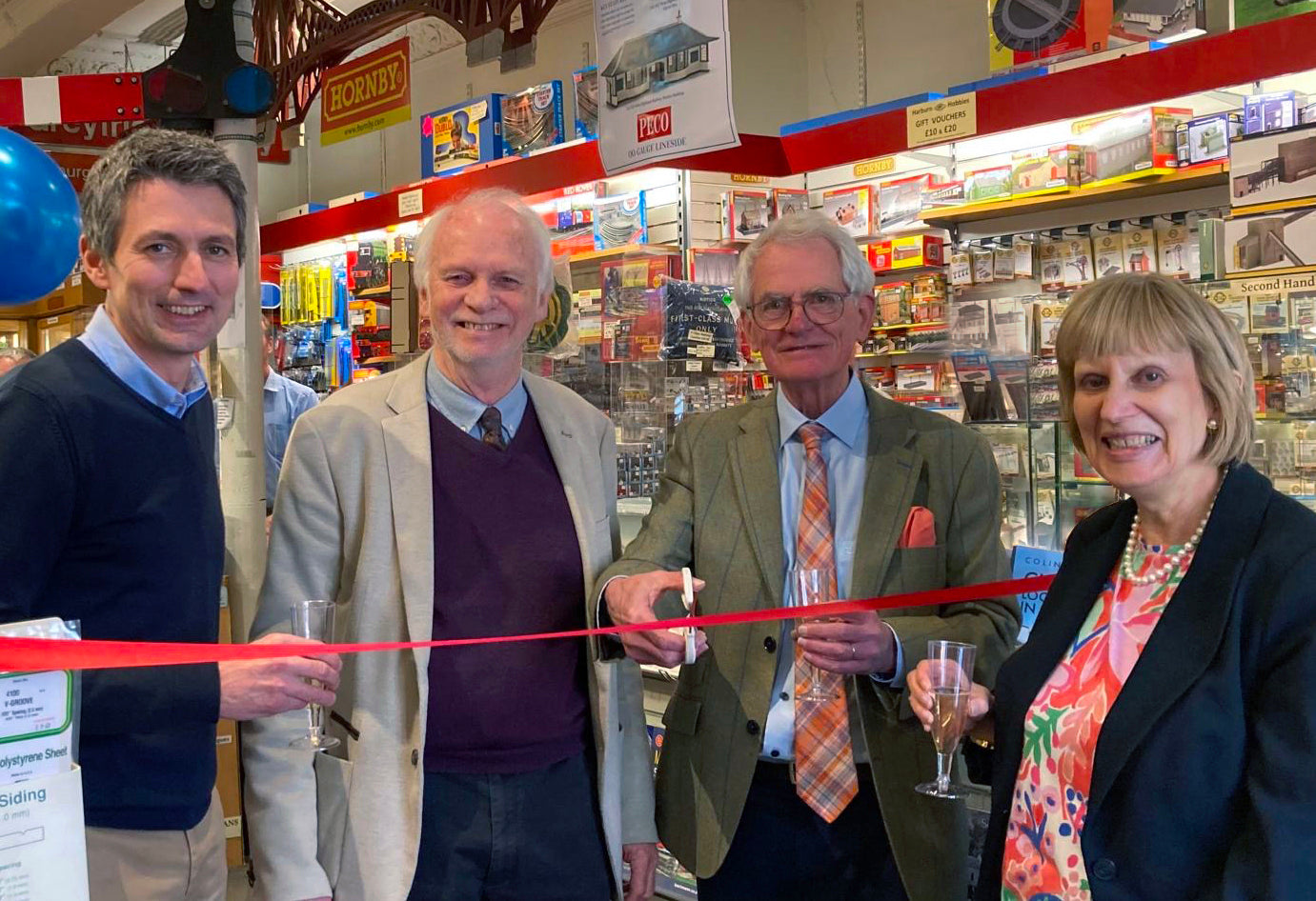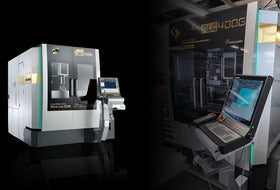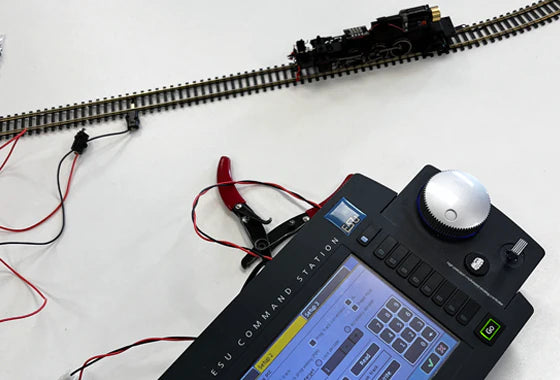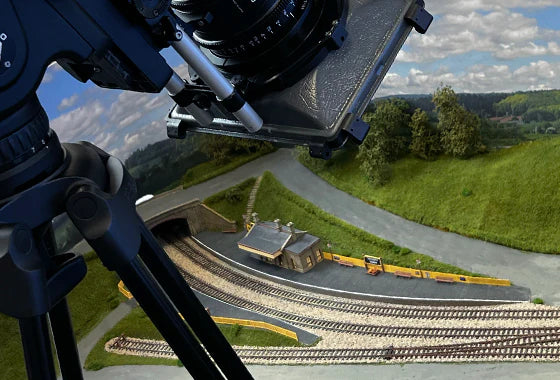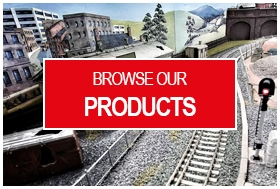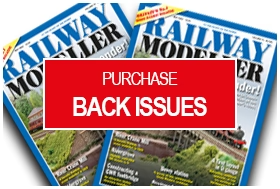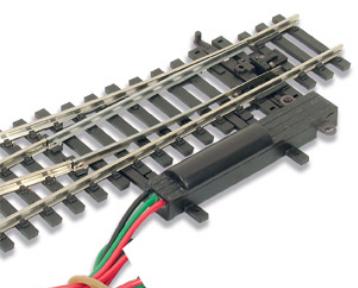FAQ's
What is HO/OO?
The letters HO and OO refer to the scales that the models have been built to. HO scale represents 3.5mm to 1 foot (1:87), whereas OO represents 4mm to 1 foot (1:76).
Trackwork manufactured and packaged by PECO is classified as being suitable for both HO and OO, but strictly speaking is designed and made to HO standards (standard gauge for track is 4 feet 8½ inches and that to a HO scale of 1:87 is 16.5mm). For various reasons, the popular scale used for British outline models (as manufactured by Hornby, Bachmann and others) is OO but more or less from inception have used HO track. Technically speaking this is incorrect, being over 2mm too narrow, but the majority of model railway enthusiasts have accepted this anomaly. The scale of HO is used in virtually every country around the world other than Great Britain.
What is OO9?
This refers to narrow gauge. In other words, a gauge that is less than the standard size of 4 feet 8½ inches. The OO refers to the scale that is being modelled, i.e. 4mm to 1 foot (1:76), and the 9 refers to the gauge, i.e. 9mm; therefore, OO9 refers approximately to a track gauge of 2 feet or a little more. Many railway modellers working in OO like to have a little narrow gauge alongside their mainline workings as an added attraction and this is where OO9 can be used as a feeder line from an industrial area or quarry.
What do the different codes relating to rail sections mean?
Used by many track manufacturers, code numbers refer to the height of the rail in the imperial measurement of thousandths of an inch. As such, Code 100 represents 100 thousandths of an inch, or 1/10th of an inch, Code 80 rail (as used in N gauge) represents 80 thousandths of an inch, and so on.
In HO/OO why is there a choice of different rail sections, Code 75, Code 100 and Code 83?
For many years, Code 100 rail, as used in HO/OO track, has been the most popular product for enthusiasts when building a model railway. It looks good and is strong and robust, and as such is in many respects ideal for the first-time modeller. Over time, track products have become refined and a little more accurate to scale, hence the introduction of a Code 75 rail section, which is just that little bit smaller. Today, virtually all ready-to-run locomotives and items of rolling stock can be used in conjunction with Code 75. It should not be classified as fine scale, although it would be true to say it is finer-looking. There is only one slight disadvantage in using this track, and that is that the smaller rail section makes the product less robust than the Code 100 trackwork, and therefore should be handled carefully. Remember that although the Code 100 trackwork looks excellent when laid and ballasted, Code 75 looks even better, being just that much closer to accurate scale.
Code 83 trackwork, as manufactured by PECO, is specifically made for the North American market and follows accurately their track standards and designs. It is therefore not suitable for enthusiasts modelling British or European outline.
Which Turnouts should I use on a DCC layout?
All PECO turnouts are suitable for use on a DCC layout, and to ensure that short-circuits cannot occur and also that turnouts are not 'power-routing', insulated rail-joiners must be placed on both frog rails of every point. If you use crossings, these will need different wiring depending on whether you use lnsulfrog or Electrofrog, but we can supply a wiring diagram for this if you contact us. Similarly, for single or double slips the wiring will vary, but the instruction leaflet supplied with these items should provide the correct information. If you still get stuck on where to place the track power feeds and rail breaks, we can help! Just send us a clear drawing of your layout plan, which allows us enough space to add the track power feeds and rail breaks, and we will mark these on for you. Please enclose an SAE for the return of your plan. lt is also important to note that Hornby de-isolating clips should not be used with PECO turnouts.
What size wire should I use for wiring my DCC Layout?
Due to the higher currents, it is advisable to have 2 heavy-duty 'bus wires' which carry the power from the control unit and are run round under the layout rather like a ring main. These wires can be the red and black wires from a piece of 13amp mains cable (please note, these wires MUST be removed from the outer grey or white casing to ensure there is no risk of confusing them with real mains cables). All the track power feeds are soldered to the 'bus wires' and then taken through small holes in the baseboard and soldered to the track in the correct positions. The wire to use for this is 16/0.2mm wire (PECO item PL38, which is available in a choice of colours).
What is the steepest gradient I can use?
The steepest gradient we would recommend is 1 in 36, i.e. the track can rise no more than 1 inch for every 36 inches in distance. An easy way to calculate this when using flexible track is to remember that PECO flexible track comes in 36 inch lengths.
Where is the radius of track measured to?
Track radii are always measured to the centre of the track. Some points will have a nominal radius quoted; this is because the curved section of the point is in fact a compound curve, so a nominal radius is given as an average of the compound curve.
DO YOU HAVE A QUESTION?
If you have a question that hasn’t been addressed in any of the FAQs above, then get in touch and ASK BOB!
ASK BOB